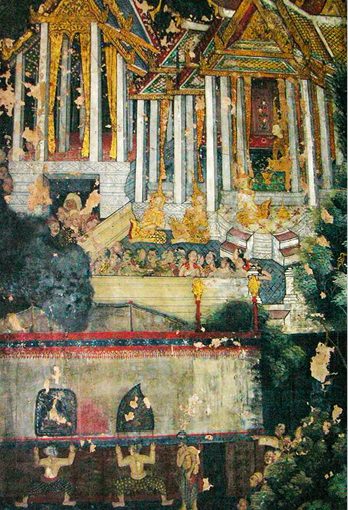The Long-term Pattern of Maritime Trade in Java from the Late Eighteenth Century to the Mid-Nineteenth Century
Ryuto Shimada*
* 島田竜登, Graduate School of Humanities and Sociology, The University of Tokyo, 7-3-1
Hongo, Bunkyo-ku, Tokyo 113-0033, Japan
Abstract
This article investigates the trade pattern of Java from the late eighteenth century to the mid-nineteenth century from a long-term perspective. There is no comprehensive data on Javanese trade during the period in question, with information on local and regional trade being particularly scarce. To fill in the missing pieces and identify a broad trend, this paper attempts to examine data on both the late eighteenth century and the second quarter of the nineteenth century and put them together with the scattered data available on the first half of the nineteenth century. This paper suggests, first, that while it is known that Java’s economic relations with the outside world were heavily oriented toward trade with the Netherlands, this trend began in the late eighteenth century rather than with the introduction of the Cultivation System in 1830. Second, Java’s coastal trade also began to develop in the late eighteenth century. This trade was conducted by European traders and Asian indigenous traders, including overseas Chinese traders settled in Java. Third, trade with the Outer Islands declined in the late eighteenth century but resumed its expansion in the second quarter of the nineteenth century. Fourth, intra-Asian trade with the region outside insular Southeast Asia declined in the long run, along with the decline and bankruptcy of the VOC, which had successfully engaged in this branch of intra-Asian trade since the seventeenth century.
Keywords:
Java, Batavia, Dutch East India Company, VOC, Euro-Asian trade, intra-Asian trade
![]()
Southeast Asian Studies, Vol. 2, No. 3, December 2013, pp. 475–497
©Center for Southeast Asian Studies, Kyoto University



